Advertisement
If you have a new account but are having problems posting or verifying your account, please email us on hello@boards.ie for help. Thanks :)
Hello all! Please ensure that you are posting a new thread or question in the appropriate forum. The Feedback forum is overwhelmed with questions that are having to be moved elsewhere. If you need help to verify your account contact hello@boards.ie
3D printings of micron-sized objects in minutes
Options
-
01-09-2012 1:02am#1
Advertisement
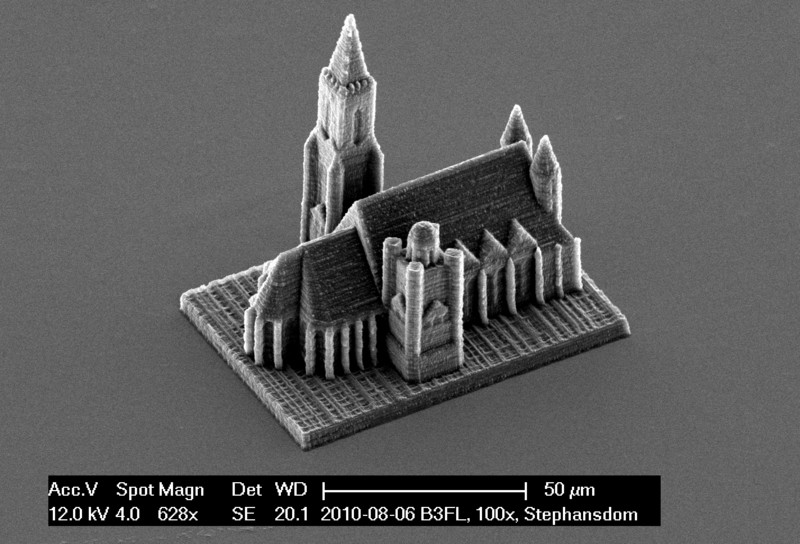
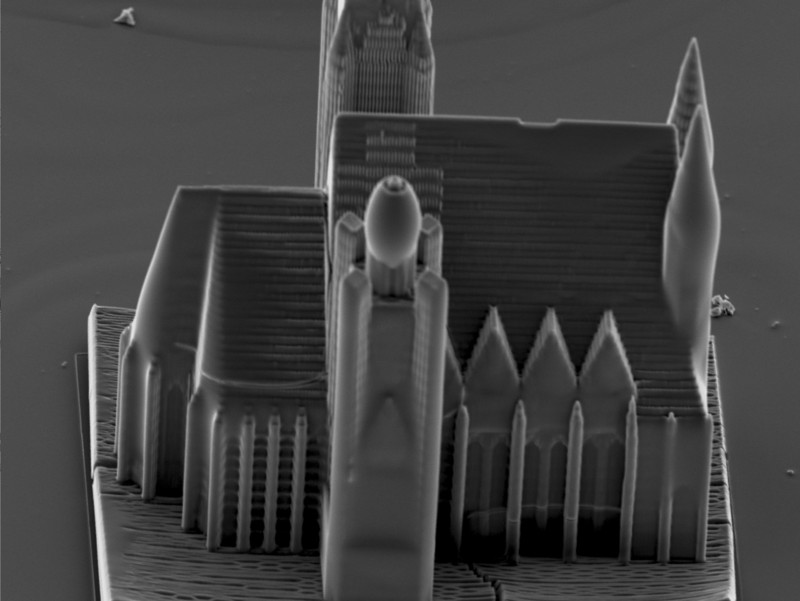
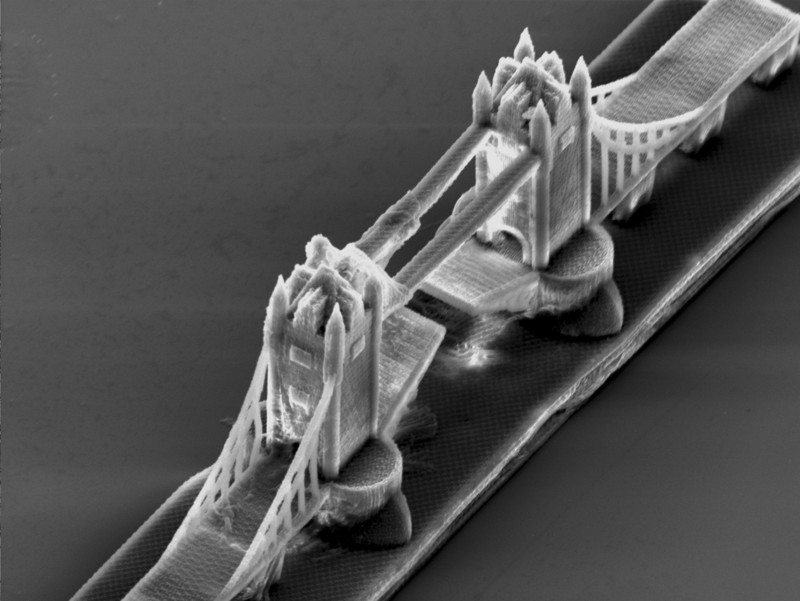
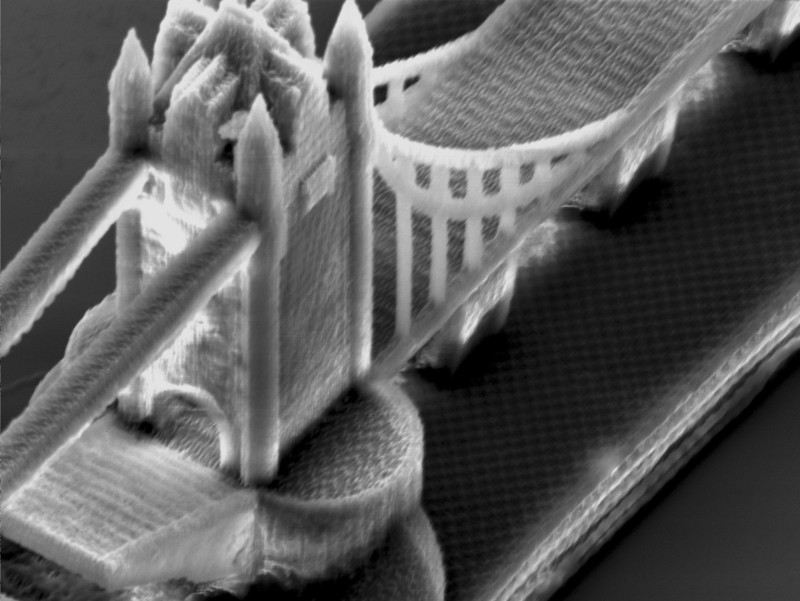
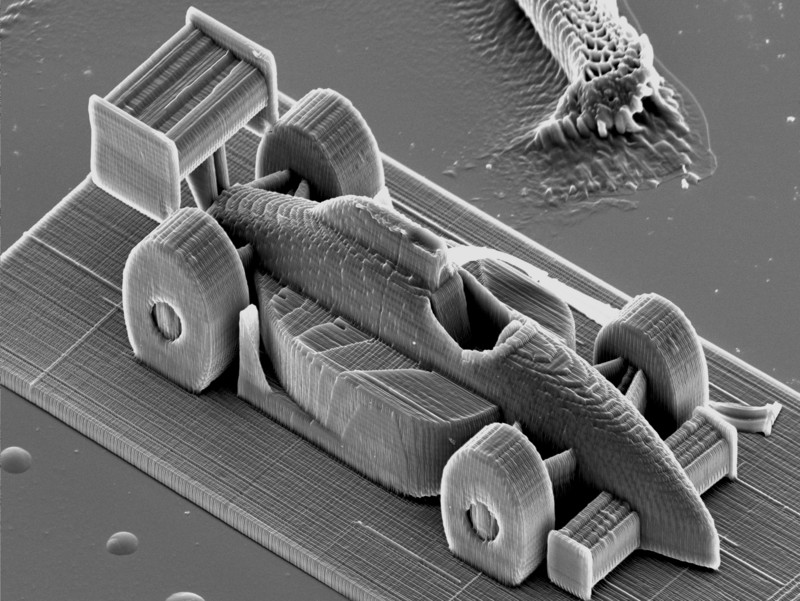
 https://www.youtube.com/watch?v=5y0j191H0kY
https://www.youtube.com/watch?v=5y0j191H0kY